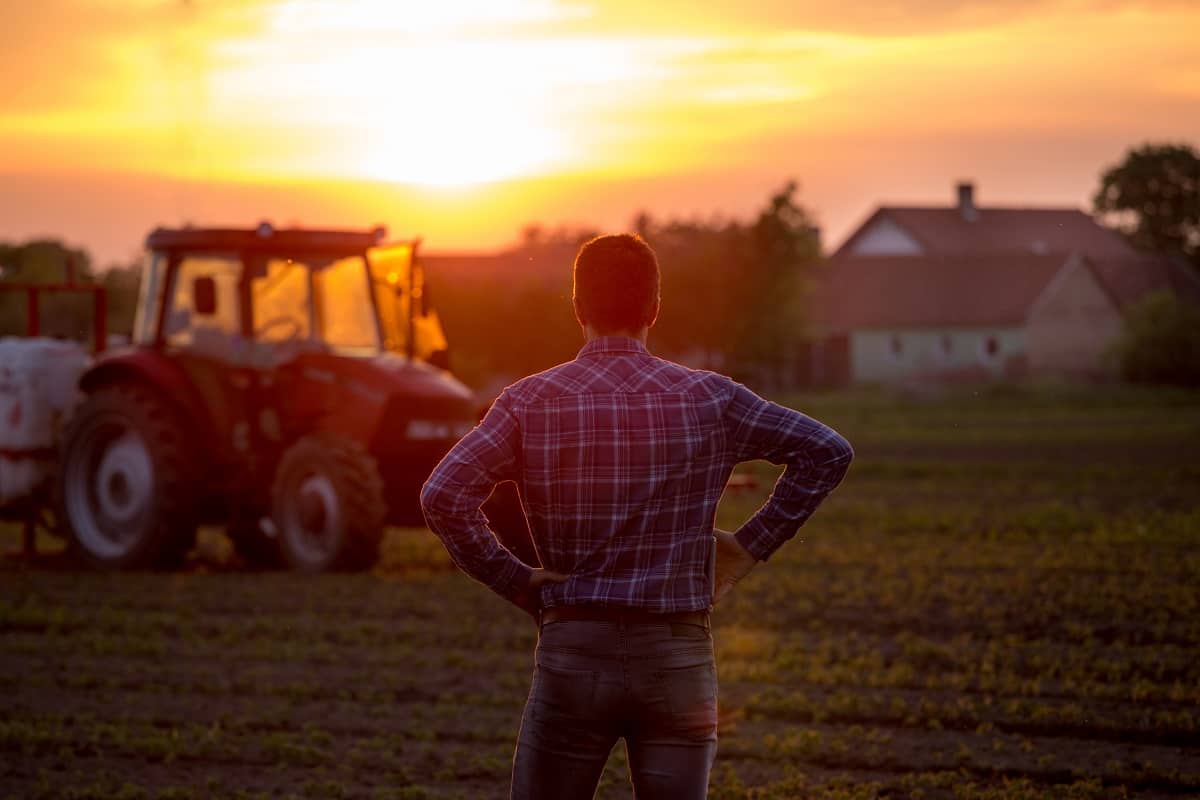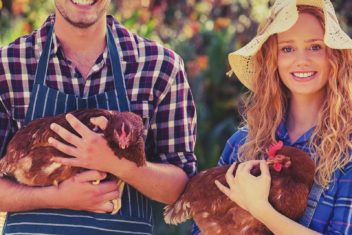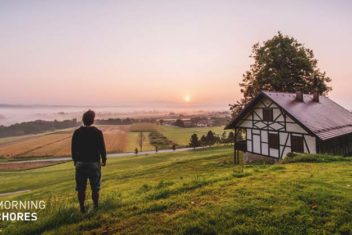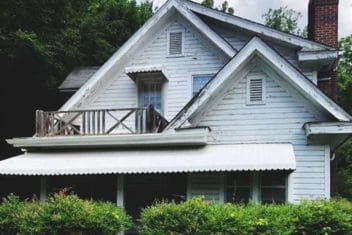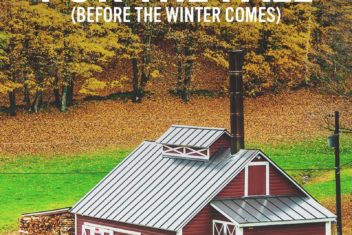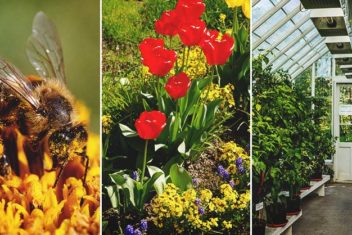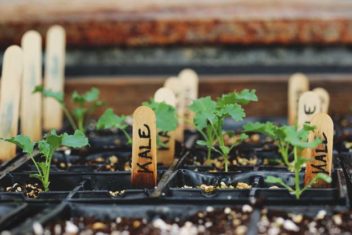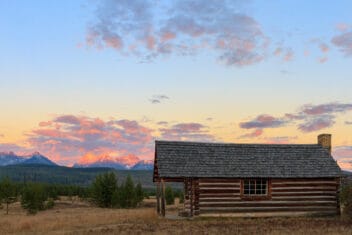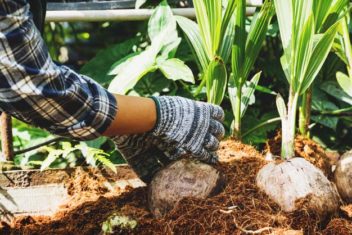Many homesteaders dream of owning a tractor, but that doesn’t mean they should. Not all tractors are created equal, so the prospect of picking a tractor out, let alone deciding if you should buy one, can be overwhelming.
There is a lot to consider when buying a tractor for your homestead. It’s costly, and implements are an additional cost. You don’t want buyer’s remorse because you got something too big or too small for your needs or your space.
Think About the Future
It’s probably time to consider getting a tractor if you struggle to keep up with the workload on your homestead. Of course, if you are finding the work difficult, it could also mean it is time to downsize.
To make a good decision, it’d be wise to consider the future of your homestead. What goals and plans do you see for yourself in the future?
Money is a serious consideration for purchasing a tractor. After considering all things you would like to use a tractor for, you might find that you have a lot of onetime jobs that you’d like to complete and that renting the right equipment would be a better financial investment.
Some homesteaders will tell you that anything you spend on the homestead, be it animals or equipment, better “pay its keep.” Many people want animals that will work two jobs on the farm (making manure and food), and they want their equipment to work hard for them, too.
Will the equipment save you time, spare your body, open up new possibilities, or help expand the homestead?
Reasons to Consider a Tractor
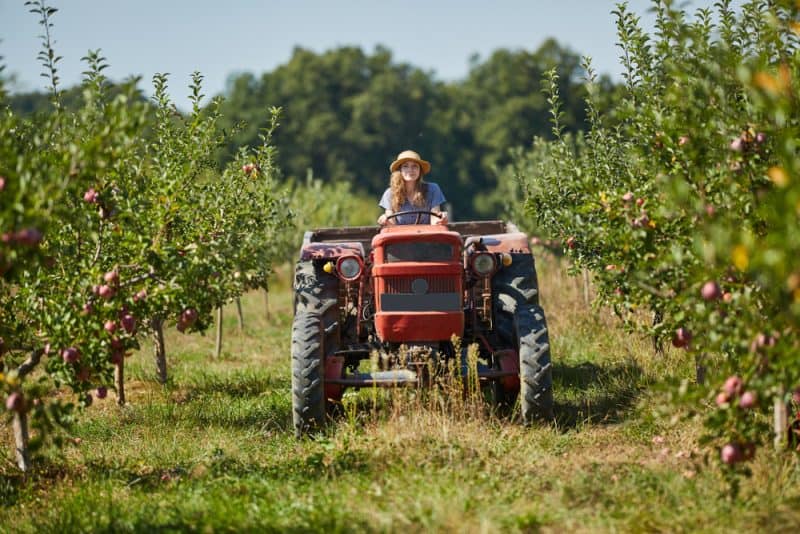
A tractor is an incredibly useful tool. Owning your own tractor and implements means you don’t have to borrow or rent expensive equipment or hire somebody else’s to do work for you. That’s enough reason to consider owning one. However, the cost and size can be prohibitive.
1. Time and Convenience
Having a tractor could save you considerable time, and reduce injury by taking big jobs and making light work of them. If you’re constantly shoveling and hauling things around the property by hand, it can be back-breaking work, and a tractor can help ease some of this.
Owning your own equipment means you don’t have to work around the availability of other people to get work done. It’s frustrating to rent equipment only to have it rain once it’s finally available.
2. Completes Different Work
A tractor can pull stumps, till a garden, plow a field, dig post holes, mow a field or your lawn, and so much more. You can achieve a lot with a tractor and the right implements.
The right setup can reduce the things needed to shape, build, and grow your homestead. A small tractor with a loader bucket and belly-mounted mower deck could help the small homesteader to cut grass, move mulch and compost, haul chopped wood, and even clear the driveway in winter.
Reasons Not to Get a Tractor
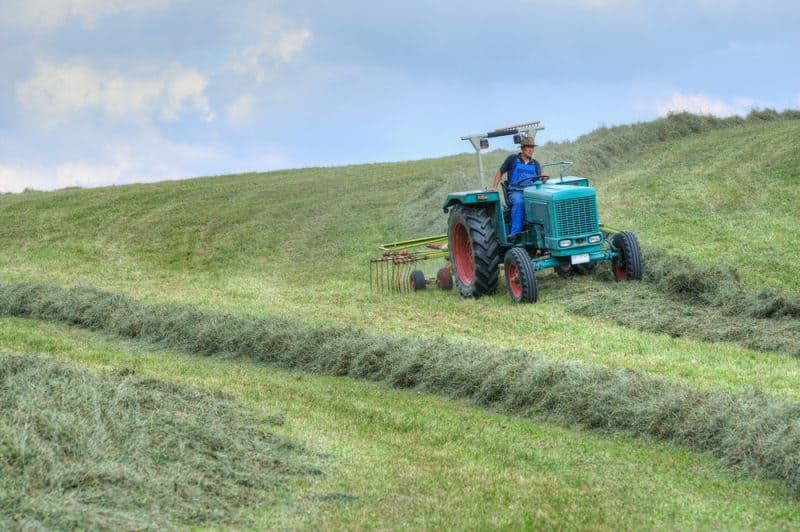
Tractors aren’t a status symbol. You aren’t more or less of a homesteader for owning one. It’s fine to have a tractor as a toy if you can afford it. However, there are plenty of reasons it may not be a good investment.
1. Land Size
For the homesteader on 2-acres or less, a lawn tractor with a few attachments is probably enough to get most jobs done. For times when you need something bigger, renting equipment or getting help from a neighbor would probably suffice.
2. Space and Cost
You need to consider space and cost. If you’re serious about getting a tractor, remember that you’ll likely need implements. Those can range in cost from hundreds to thousands of dollars, and they take up valuable storage space when not in use.
Of course, you must also consider where you’ll store the tractor when not in use, and whether you have enough space. If not, it may require a new building or a temporary shelter if you want to protect your tractor. This could cost a few hundred to thousands of extra dollars to make happen.
A good, new compact tractor likely costs a minimum of $15,000 without implements. Loader buckets range from $3,000 – $5,000 new, a tiller is roughly $1,000-$2,000, and an excavator is $6,000-$8,000.
Even used, a tractor is generally going to cost a minimum of $5,000, and that’s for a mid-sized tractor that’s likely over 40 years in age. Implements range from hundreds to thousands of dollars.
3. Maneuverability
Maneuverability is an important factor. If you have lots of obstacles to work around or need to get into tight spaces, not all tractors share the same turning radius. They also come in different sizes, which could mean a tractor might be impractical for your needs.
For the homestead with hilly terrain, a tractor may be a risky investment. Hills can lead to fatalities when not driven on properly or with the right equipment.
New versus Used
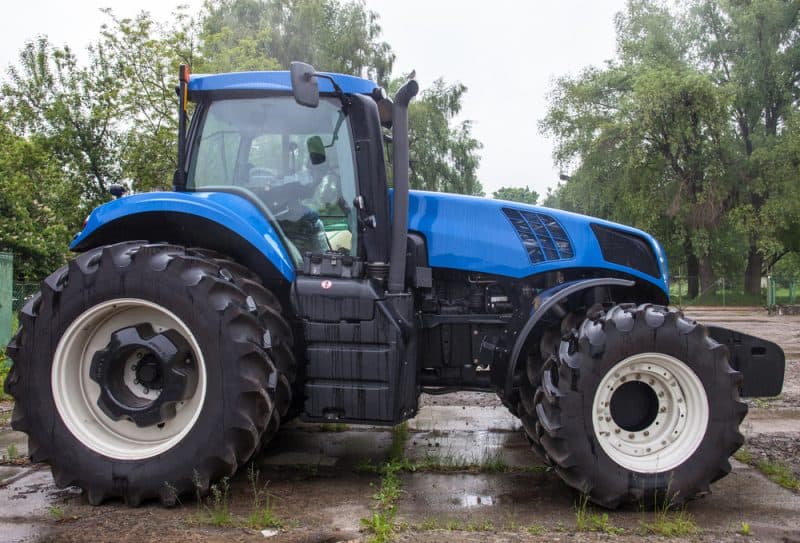
You may see those price differences and think that a used tractor is the way to go. However, tractors face minimal depreciation, and to get to that lower price threshold, you are likely purchasing something over 30 years old, and it’s probably bulkier than what you can get new today.
You don’t always know what you’re getting when you buy used. When you buy a used tractor, there could be a wide range of issues, from old tires to old hydraulic hoses, and a myriad of other issues. So if you don’t know tractors well, or you don’t know and trust the seller, it may be a bit of a gamble.
That’s not to say that anything used is bad. Tractors are built to last, and the reason you typically see any tractor for sale in the first place is that the owner is either upgrading or downsizing, not because there is an actual issue with the tractor itself. It no longer suits their needs, and it’s taking up space, so it’s time to let it go.
Some used implements are good, but consider the hydraulic hookups they use (if any) and whether those hoses are in good condition. You could end up with something that requires a lot of work to make it functional.
The pros of a used tractor are that they’re at an attainable price point and generally don’t have a lot of issues or need lots of work. However, ask a lot of questions before you buy.
The cons are that you don’t always know what you’re getting, and repairs can turn into a money pit. It can be a challenge to find parts for some older equipment. However, overall, parts are generally easy to find, and tractors are meant to be incredibly durable.
Since tractors depreciate so little in value until they reach around 30 years or more, many people opt to buy new. With a new tractor, you may spend a little more, but you will generally get a warranty on the tractor for that price.
A 5-year-old tractor likely no longer has a warranty, and you may only save $1,000 – $3,000 versus buying new. Of course, nobody ever wants to have to use that warranty, but it can bring a bit of peace of mind to the person unfamiliar with such a piece of equipment.
If buying new, you can purchase from a dealer near you, and you’ll always have somebody who can service your tractor if needed. Plus, you’ll always know where to get parts if something breaks down.
If you order a tractor with all the right specs, you’ll have something that can last a lifetime to fit the needs of your homestead. Buying new means that you aren’t limited to the choices of used tractors that happen to be for sale.
Another benefit of new tractors is the safety features. Seatbelts are standard on many, and roll bars are commonplace. If you have kids who will be driving the tractor or if you live on hilly terrain, this is something that may weigh more heavily into your decision to buy new versus used.
Size
Tractors can come in many shapes, colors, and sizes, and knowing what is or might be right for your homestead can be a bit overwhelming.
1. Sub-Compact
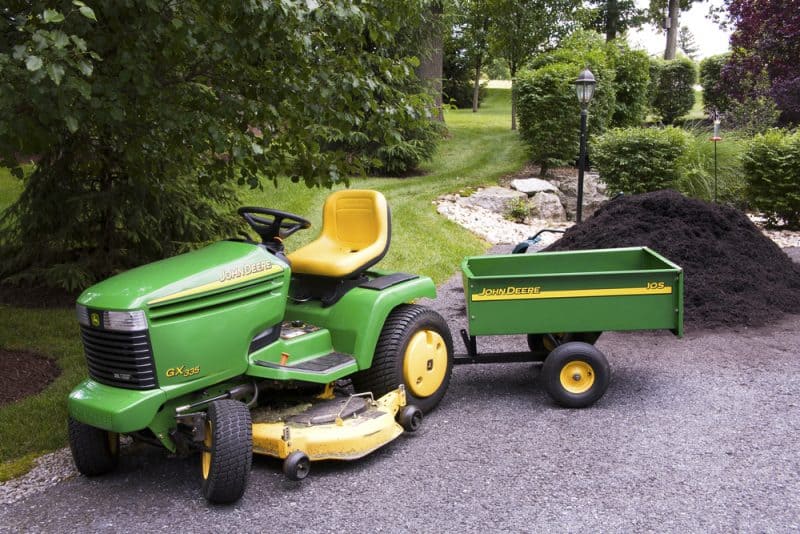
To make it somewhat simple, a sub-compact is essentially a riding lawnmower or “lawn tractor.” Small and maneuverable, lightweight, but powerful, they can get a lot done with a horsepower range of 10-25.
2. Compact
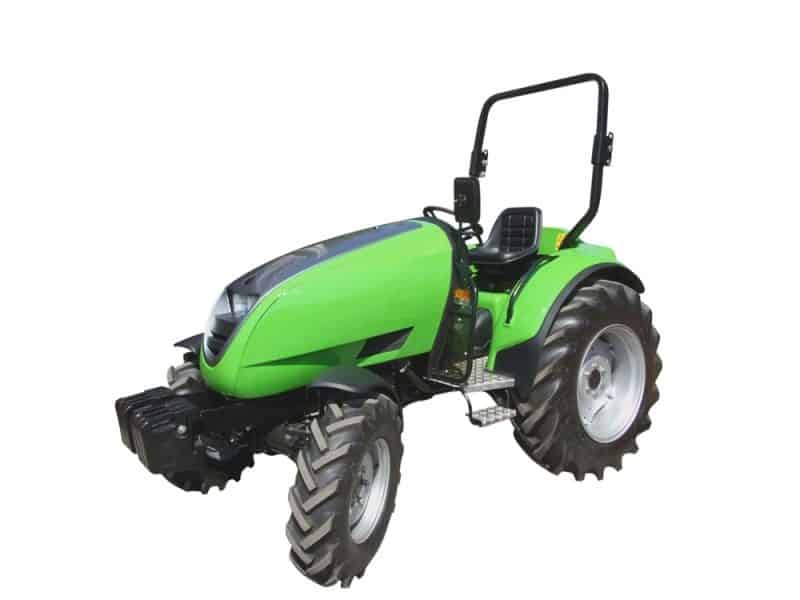
Compact tractors are a step up from this with 25-45 HP. They’re generally about 60-70-inches wide, so small, but not tiny. These tractors work hard, are maneuverable, somewhat “lightweight” compared to the next size up, and if you go with the upper range of engine size, you get the compact size without compromising on strength.
3. Mid-Sized
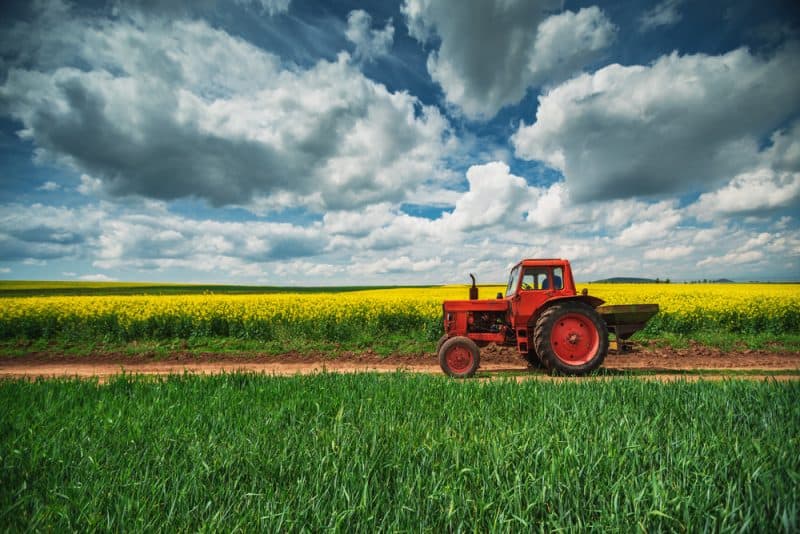
A mid-sized tractor is what most non-farming, non-homesteading people picture when they think of a tractor. They’re picturing fields being plowed and hay being carted down the road. Mid-sized tractors are great for large operating homesteads. They range from about 40-80 HP, and many can be purchased with a cab for longer days in the field.
4. Large
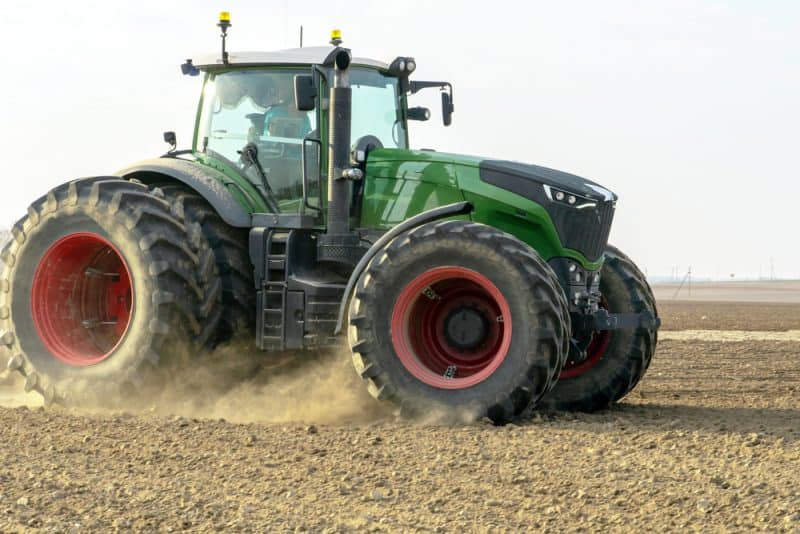
Large tractors are generally what farmers use when they’ve got bigger fields to work. While they hold their own value, it’s typically not what a homesteader would need. Also, at 80 HP or more, it is likely far out of their price range.
Implements
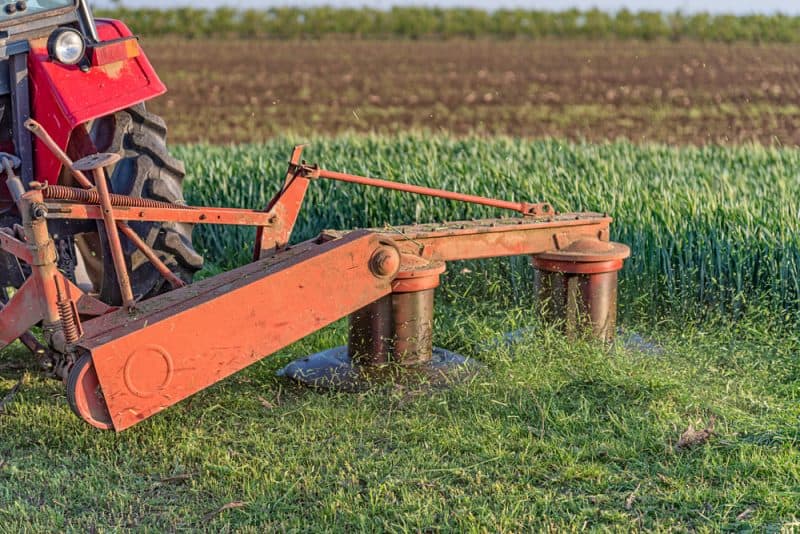
The most common implement sold with tractors is the loader bucket, but there are many different implements you can get to make life on your homestead easier.
Plows for fields or pushing snow, mower decks for cutting lawns and brush and trails, augers, snow blowers, graders, pallet forks, and more are just some implements you can get to do different work. Today you can get a PTO-driven wood chipper for making mulch, or you could get an excavator attachment for digging out a small pond or basement.
Some tractor dealers will sell implement packages which could save you a lot of money if you’re hoping to get multiple attachments.
As mentioned before, used implements can be a great way to cut costs on a tractor. Many hold up well and are somewhat simple in terms of design, so there’s less to worry about when it comes to parts and maintenance.
It’s important to make sure your tractor can fit and power any implements you purchase. Implements aren’t universal, so you need to be sure to get the right size for your tractor.
Not all tractors have a 3-point hitch, PTO, or have PTO in the same place. There are different-sized hitches, so you may need an adapter. However, if you do, you still need to make sure your tractor has enough strength to operate or haul whatever you are attaching.
It’s vital to ensure your tractor has enough power to run any implements you attach. You might plow snow, but if your tractor can’t push uphill against wet snow, it’s not going to do you much good.
If you decide to purchase a new tractor, discuss your needs with the dealer, and they should be able to help you make an informed decision. A good dealer recognizes the value of helping you make a good decision that will serve you well in the long run.
If you are buying used, make sure to research the specs of the machine. Find out what kind of horsepower it has, what kind of work it was used for, how many hours it was used, where it was used, and what implements will be compatible with it.
The Final Decision
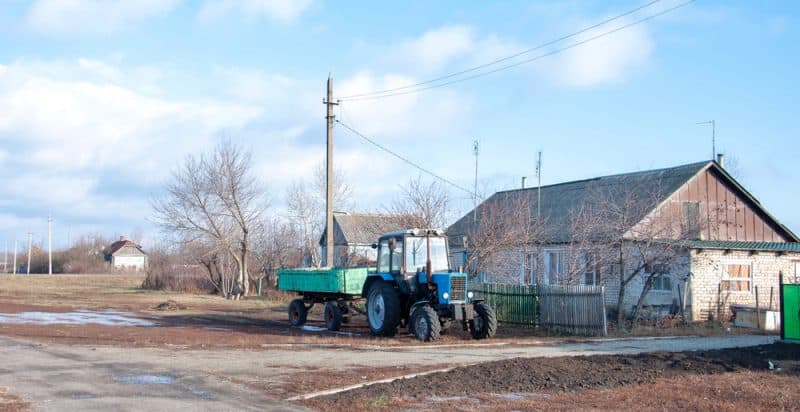
A tractor isn’t right for all homesteads. It’s going to depend on your needs, space, and budget.
If you choose to invest in a tractor, make sure you are buying something to suit your needs, not just what a salesperson is trying to sell you or what your neighbor is trying to get rid of.
In the end, your decision should be based on your terrain, the physical demands of your homestead, and the future goals of your homestead. Finances play an important role as well, but finances can be flexible where other things may not be.
It may serve you well to rent equipment as needed or get help from a neighbor until you can afford a tractor of your own. If you love mechanical work, a used tractor might be a good choice for you, as you’d be able to handle the challenges of something that might need a bit more work, and it could get you into a tractor of your own much sooner.
Whatever decision you make, we wish you the best in your homesteading endeavors.
